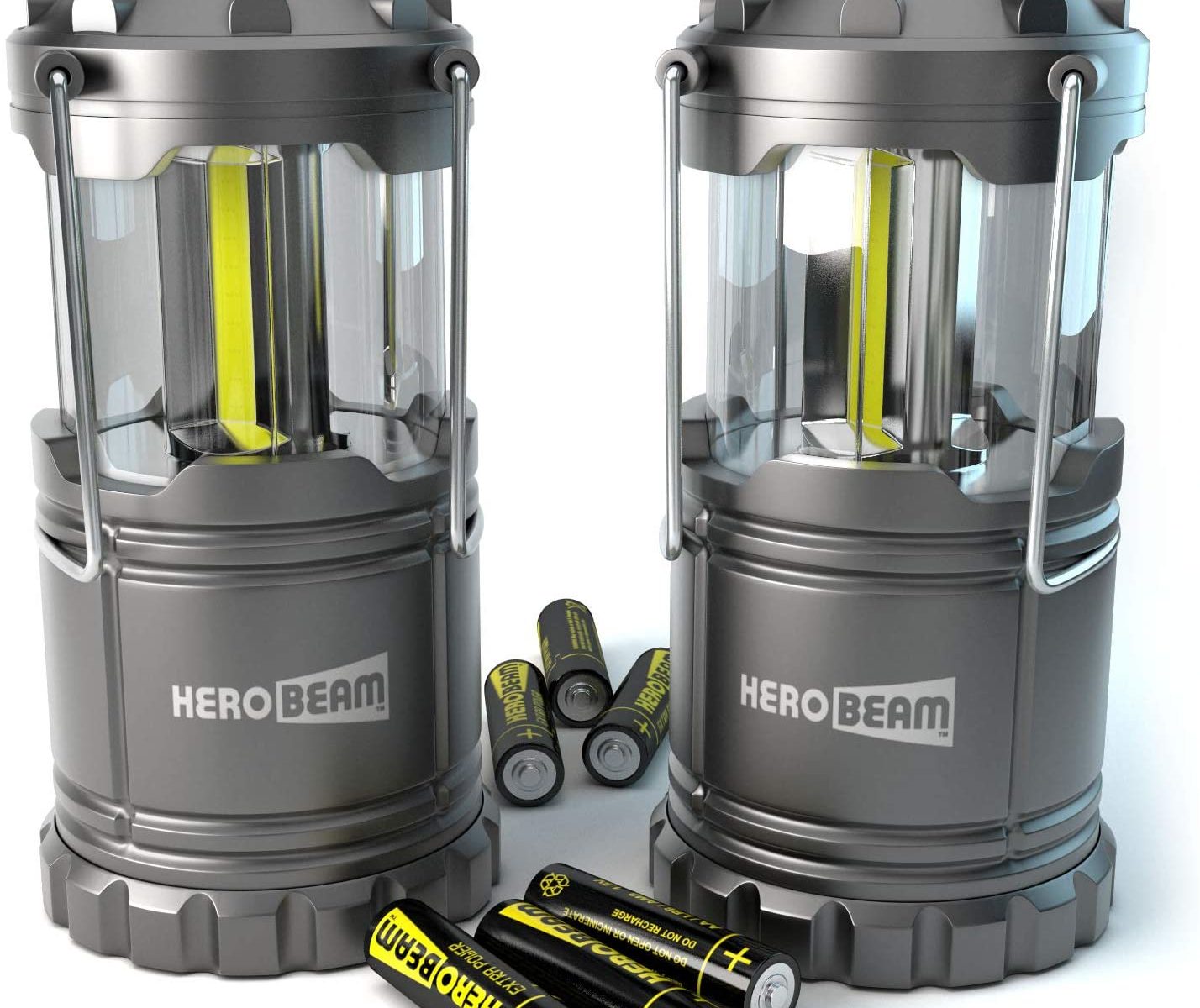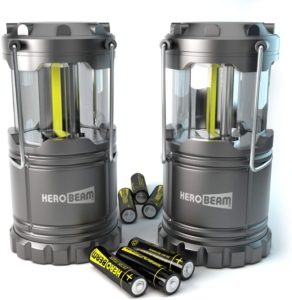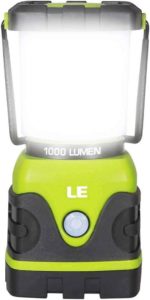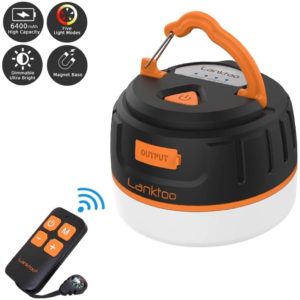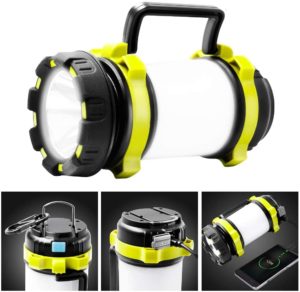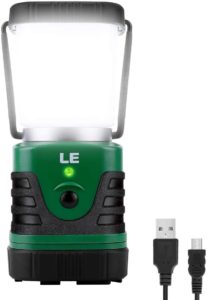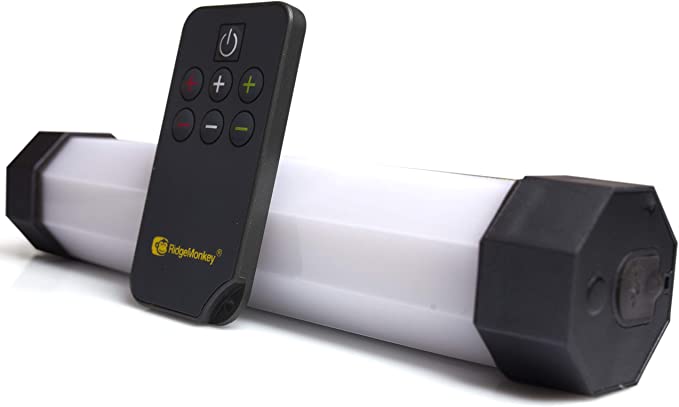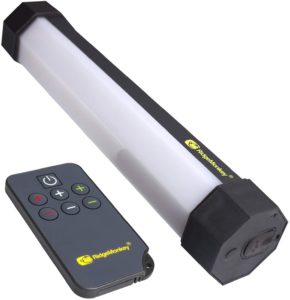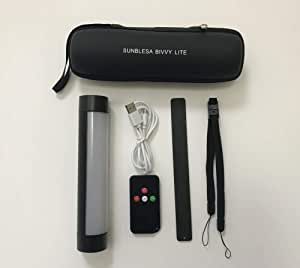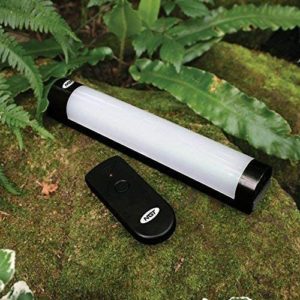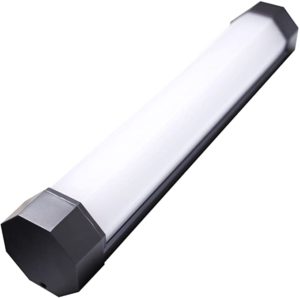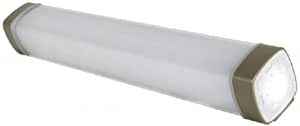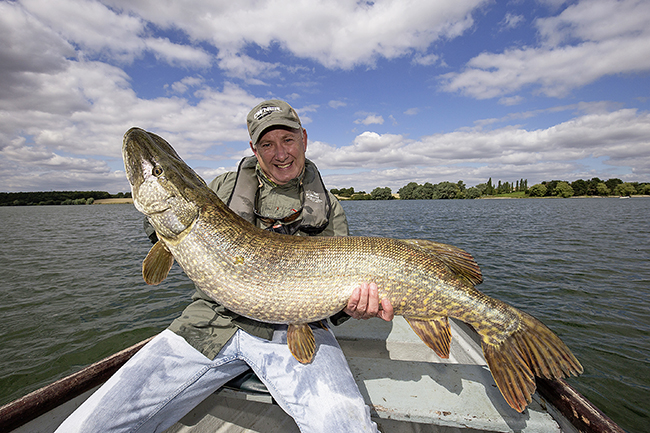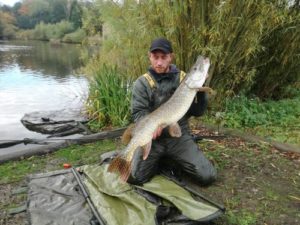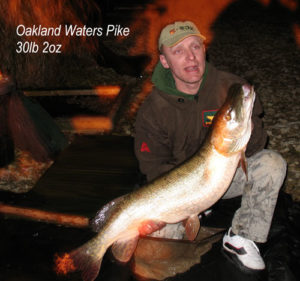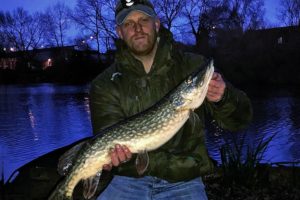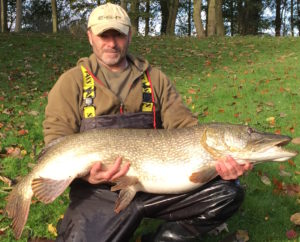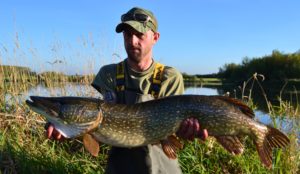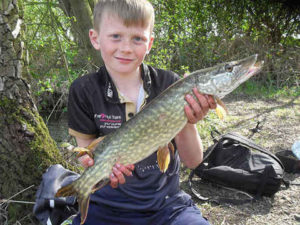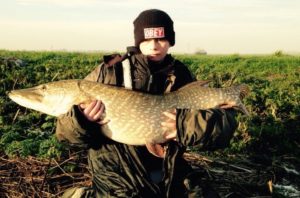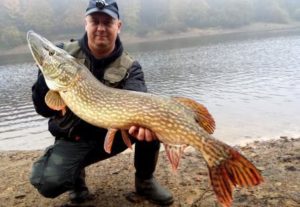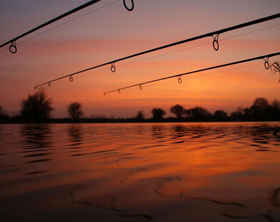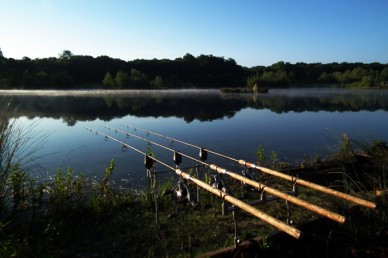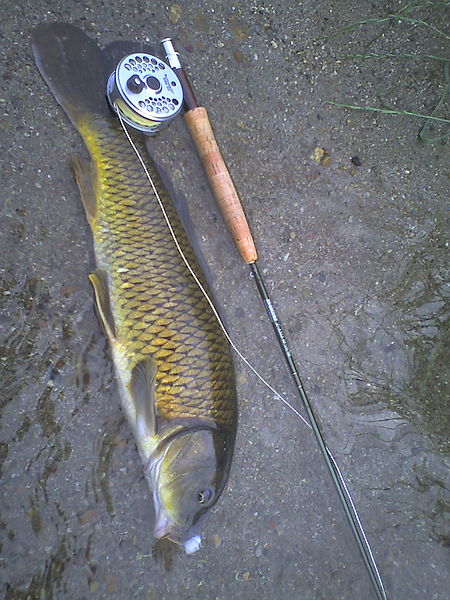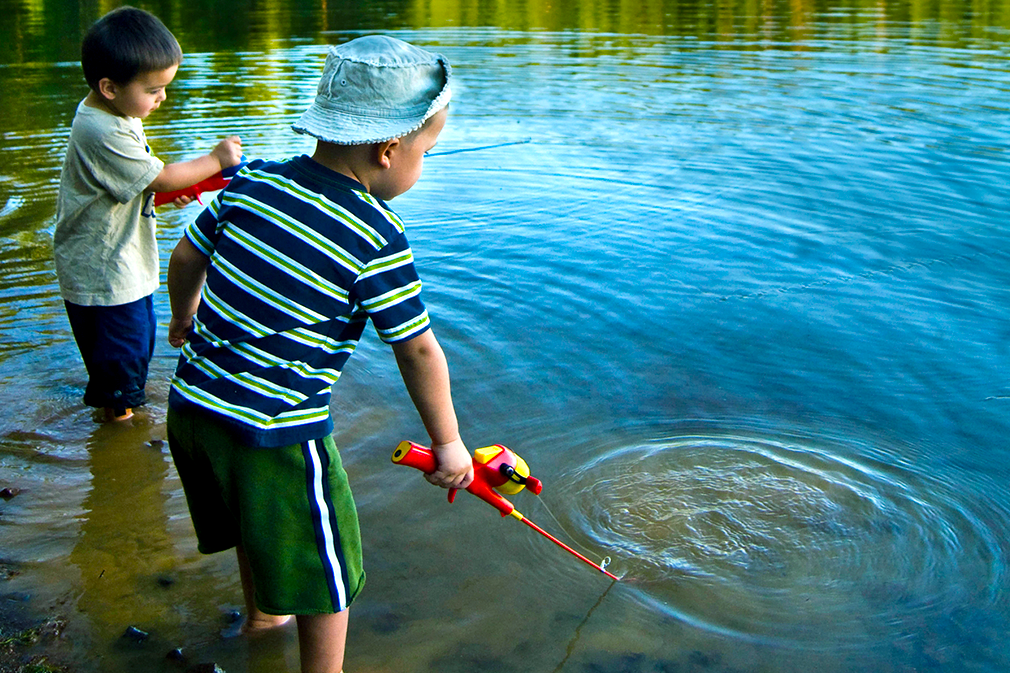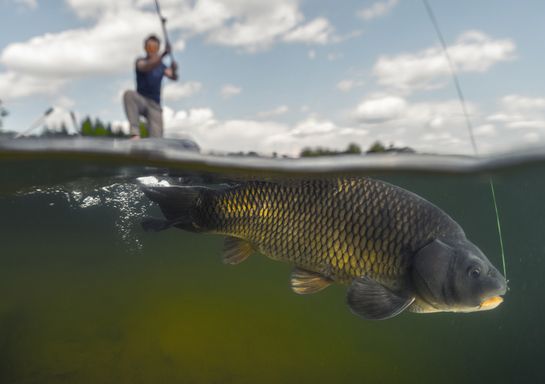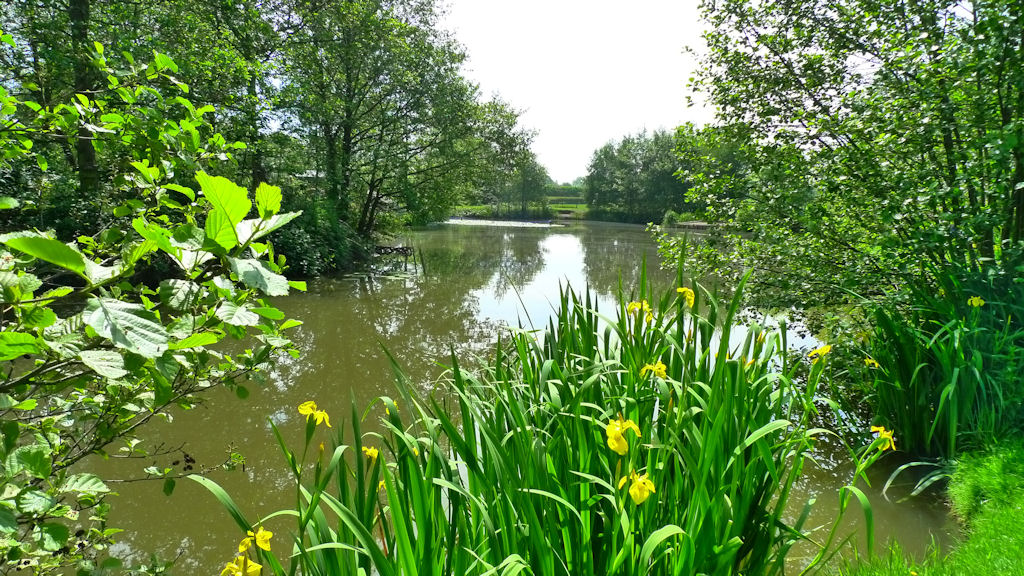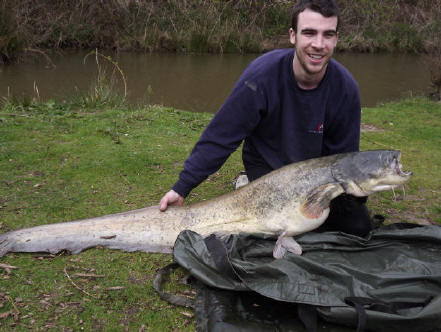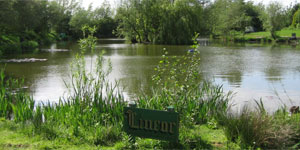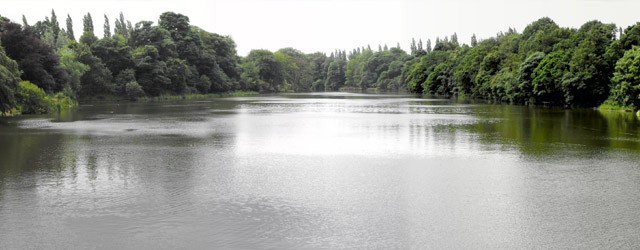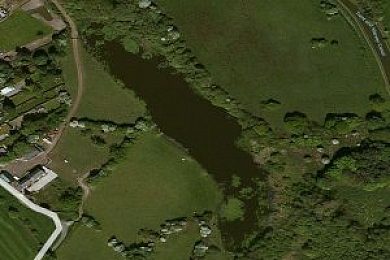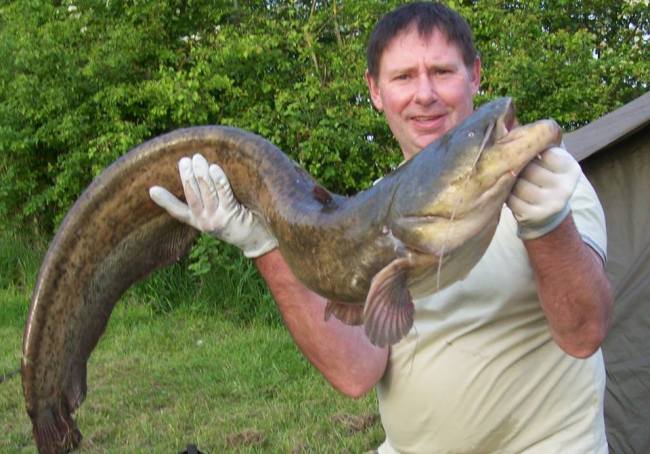Tired of trying to use your phone as a light when checking your rigs of a night? Well we have reviewed 5 lanterns to help you find the perfect fit.
Lighting lanterns come with a lot of varying features and options that add great value to your fishing experience. Try to find a water-resistant and handy fishing lantern that enhances your fishing experience by creating ease and convenience. Some people also like to buy the lanterns with additional features, so we have also reviewed some multifunctional models that will definitely grab your attention.
So, here is a list of Best reviewed carp fishing lanterns so that you may be able to catch the best fishes underneath the water along with a quick buying guide and a comparison chart that will save your time and help you to make an informed decision.
1. HeroBeam 2 x LED Lantern
Are you looking for an exceptionally bright light to experience the best nighttime fishing? HeroBeam LED lantern is a must-buy. The high-end lanterns utilize the latest technology that is brighter than the old-fashioned LED lights. The lantern is equipped with a combination of three LED types that offer powerful light illuminating the area, whether it is deep dark water or your camp. The lantern is versatile and can be used for several activities like bonfire, camping, picnics, and other night events.
The lantern is sturdy and reliable. It is made up of ABS body that can easily withstand tough weather and shocks. Moreover, it is compact and lightweight, so you carry it around anywhere. This battery-operated lantern can be accommodated in a narrow place. It is simple to operate and powered by the cheap AA batteries that are easily available at the local stores.
Thanks to the intelligent design that brightens the environment by revealing full light. Moreover, it comes with a 5-year warranty that confirms its reliability. This handy lantern is a reliable choice if you are looking for a durable and hassle-free option.
Pros:
- The lantern is affordable.
- It has a very bright light.
- It is easy to use
- Hassle-free battery operation
- Innovative design
Cons:
- The plastic is fragile.
2. Le Camping Lantern
If you are looking for a model that is versatile, then Le Camping Lantern is best for indoor as well as outdoor use. It is equipped with a super-bright light that can light up your room or tent easily. Enjoy your fishing experience with the long-life D alkaline battery that prevents you from the hassle of recharging and illuminate your night up to 12 hours.
The light is extremely easy to use and operate. It comes with three lighting modes i.e., daylight, warm white, and combined flashing that can be switched with a single tap. The light comes with a hanging option for your convenience. Moreover, this light is water-resistant, so it is a great bargain if you are looking for a waterproof model. It is suitable for several outdoor activities like fishing, camping, hiking, and other nigh events.
Moreover, the brightness is adjustable. So, you can adult the brightness according to different environments. You can also use the light for emergencies. It is portable and small, so a great option for travelers. This all-rounder light offers a comfortable and soothing experience even if you want to take rest under the dimmable light.
Pros:
- Best for indoor as well as outdoor purpose
- Super-bright lighting
- Easy to operate
- Waterproof design
- Versatile
- Affordable and sturdy
Cons:
- N/a
3. lanktoo 2-In-1 Rechargeable Camping Lantern & Power Bank Charger 6400mAh
If you are looking for an innovative model, then Lanktoo rechargeable camping lantern is a good deal for you. The lantern can be operated automatically as well as manually. You can make settings and control the light through a 2.4G remote control that has a considerable range.
Lanktoo camping and fishing lantern is a super-bright lantern equipped with energy savers. However, life depends upon the lighting modes you decide to set up. There are five lighting modes and the levels of brightness you can set up. You can choose the lighting mode according to the environment and convenience.
Recharging becomes quite a trouble when you are somewhere out, and the charging ports are not easily available. So, this lantern arrives with a rechargeable battery and also features a 6400mAh power bank that can charge your cell phone quickly. The two-in-one equipment has a good quality USB charging mode offering great convenience on the go.
Moreover, this lantern has a useful metallic hook and a built-in magnet to place the LED lantern wherever you want. The lantern is small and sturdy. It can easily fit your pocket, and I just loved the fact because I don’t like carrying bulky equipment during traveling. Moreover, this lantern is lightweight and water-resistant. It is a perfect choice for all the outdoor activities, whether it is fishing or camping.
This cool and handy hanging light is extremely hassle-free. For me, it is the best NightlightNightlight that keeps me comfortable during the nighttime at a price that is none other than the exception.
Pros:
- Best NightlightNightlight for convenience
- Handy and lightweight
- Innovative design
- Equipped with a power bank
- Water-resistant
Cons:
- Remote is not coded to a specific light.
4. Rechargeable Led Camping Lantern,
Here is another 2 in 1 model that adds great value to its utility. The lantern features bright light, great range, and hassle-free operations; all you really need to enjoy your night time fishing. This multifunctional LED light is equipped with the power bank and a faster USB port that can recharge your phone on the go. This additional feature provides great value at an affordable price.
Moreover, this UYIKOO LED camping lantern is equipped with four different light modes. The modes include searchlight, camping lanterns, red light, and red flashing light. Moreover, this rechargeable LED light is lightweight and compact. You can easily carry this light around. That is why it is suitable for your outdoor events and journey.
This user-friendly LED light is easy to use and water-resistant. So, using it for fishing is quite a reliable opportunity. It works well in windy and snowy weather, whether other fragile lights stop working. I am an adventurist, and I can bet this lantern proves to be the best option for those who want to buy a reasonable night lantern for several reasons.
It is a handy device featuring a small and comfy handle that makes it extremely easy to carry. In addition, it is equipped with a single controlling button through which you can turn it on and off and also switch the light modes easily.
Pros:
- Durable and lightweight construction
- Portable and handy
- Equipped with four bright lighting modes
- It is equipped with an extremely useful power bank to recharge your device on the go.
- Weather-resistant
Cons:
- The light cannot fit in a narrow space
5. LE Rechargeable Camping Lantern, 1000 Lumen LED Outdoor Lights
Here are other top picks that can be a great addition to your fishing experience. It is an ultra-bright rechargeable camping lantern that is equipped with 1000 Lumen. This light can brighten up a large area like your room, tent, or caravan. You can utilize the rechargeable lantern in the family gatherings like the pool parties, bonfire, or BBQ parties. It offers soft and soothing environment-friendly light that does not feel irritating.
LE rechargeable camping lantern is equipped with a 4400mAh lithium battery. The built-in rechargeable battery has a long life and easy recharging mechanism via a USB cable. The battery does not cost you anything and offers longevity. Moreover, this lantern is also equipped with a useful power bank like the last two fishing lanterns. You can easily recharge your phone or laptop on the go with the fast charging USB port.
This fishing lantern is equipped with four lighting modes. All the modes are adjustable, and you can dim the light according to your convenience or environment. You can change the light color from cool white to warm white and neutral white. Moreover, it also offers a flashing mode with adjustable brightness. The modes can be switched with the help of a button.
The light is reinforced with a hook on the base to hang or place the lantern in the boat, camp, tent, or car. You can hang the light to enjoy a better and brighter experience. In addition, you can also remove the case to get brighter light and enlighten the big place.
Moreover, this cool and sturdy lantern is water-resistant that is a must-have option for the fishing lanterns. It can also withstand tough weather and windy situation where the ordinary lanterns do not resist.
Pros:
- Small and portable LED lantern
- It is equipped with a powerful power bank.
- Adjustable brightness and multiple lighting modes
- Solid rechargeable battery
- Easy to use and operate
- Extremely suitable for indoor as well as outdoor events
Cons:
- N/a
A Quick Buying Guide to shop for the best fishing lanterns
Buying the fishing lanterns is a challenging task, especially when you area freaky fishermen and way too conscious about fishing at night. To buy a reasonable lantern, you must have an idea about the suitable type and the factors that help you to select a suitable carp fishing lantern.
Let’s scroll down and find some important elements to ponder over in order to make an informed decision.
Gas Lanterns Vs. Battery Lanterns Vs. Candles
There are several kinds of fishing lanterns you can choose from. The most known and expensive are the gas lanterns. These old-fashioned lanterns are a bit noisy. They require you to take a lot of extra accessories to operate them efficiently. These accessories may include a gas tank, addition propane bottles, or the mantles. Operating them is a bit hassle. That is why people prefer other types. However, they can light up your night very well and a reliable option when it comes to longevity.
Battery lanterns are a far more hassle-free type as compared to the Gas lanterns, but you will have to keep a few pairs of extra batteries if you want to enjoy your fishing time. Some lanterns are equipped with rechargeable batteries as well, but these lanterns offer dull light as compared to the competitors. Yet, they are a reasonable bargain as far as the convenience is concerned because you can easily recharge the light in your car through a cigarette lighter.
Candles are another option. They are a cheap and easily available counterpart, but the light largely depends upon the intensity of the wind. If the weather is windy, you cannot afford to use the candle to fish appropriately. They are a bit dangerous as well because your clothes can catch fire from it.
Frequently Asked Questions
What is color light best for attracting fish?
There are few colors that attract fishes very well, so it is better to buy the Lanterns or LED lights that come with green, white, or blue colors. Moreover, it offers a brighter light that makes fishing easier for you.
What are the factors that should be considered to buy the night fishing lantern?
There are several factors that can influence your buying decision i.e.
- Brightness
- Weather-resistance
- Durability and longevity
- Convenience
- Portability
- Type of lantern
Final Words
So, these were some of the best carp fishing lanterns of 2020 that are highly-rated and offer great utility to satisfy your hunger for fishing. These lanterns are affordable and long-lasting, so that you may be able to enjoy the trouble-free experience.
Do let us know in the comment section about your experience and the next fishing accessory you would like us to write an article about.

